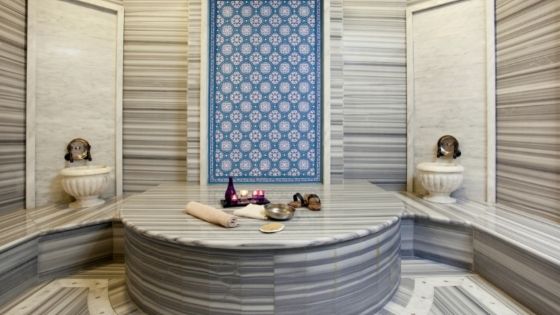If you have had a peek at the bath marketplace, you will find yourself shocked at the variations available. If you are looking for a simplistic guide to popular types and materials, you have come to the right place. Read on for a guide on the different types of baths that you choose from.

Straight Baths
You are likely already familiar with this type of bath; they are seen in a lot of homes due to the convenience of them working with most room layouts. Straight baths are available as single- or double-ended, so there is some variation, but they are the most basic and trusted types of baths.
Shower Baths
Not all bathrooms are spacious enough for a bath and a shower, and this is where a shower bath is ideal. Do not confuse this with a shower over a bath, as shower baths differ by featuring an L or P shape to provide extra room when showering. This shower-and-bath combination saves the need to choose between them.
Freestanding Baths
If you have additional capacity in your bathroom, a freestanding bath is a benefit that is not to be missed. As the name suggests, freestanding baths are not installed into the wall: seen as a luxury centrepiece, you can find a plethora of styles to match your taste.
You can find the right bath to suit your needs from bathroom suppliers Bedfordshire if you are seeking a change to improve the quality of your time spent in the bath.
Corner Baths
Limited room does not have to mean limited options. Corner baths are fitting for any room, no matter how awkwardly shaped. They may be presumed to be more constrained, but they are in-fact generously sized. Corner baths rule out the need to opt for a shower instead of a bath in times when this is not preferred.
Whirlpool Baths
Optimal for those wanting an enhanced spa-like bath experience, whirlpool baths can contribute to deeper relaxation. Whirlpool baths can be a form of hydrotherapy due to the immersion elements resembling a water-based massage, known to achieve real therapeutic effects and aid sufferers of anxiety, high blood pressure, and other aches and pains.
Types of Materials
Baths do not only vary in size and shape, but in materials, too. The most common types are:
- Plastic: fiberglass and acrylic bathtubs offer flexibility, durability, and insulation.
- Enameled steel: steel bathtubs with a porcelain-enamel coating are an affordable option but tend to be less durable and insulative.
- Castiron: coated with thicker enamel and overall, a heavier installation, they are more durable and once heated up, will offer insulation.
- Castpolymer: frequently used to resemble the look of marble, onyx, and granite but drawbacks include higher costs and less durability.
- Proprietary composites: including heavy-gauge steel, porcelain enamel, and resins, these materials combine to offer the benefits of castiron but weigh much less, making it more suitable for second-floor installations.
There is an impressive range of baths on the marketplace to suit all bathrooms, meaning that there is one to suit all preferences. Beyond the typical plastic straight baths, there are plenty of tubs for keen renovators and homeowners alike to consider in their search.
